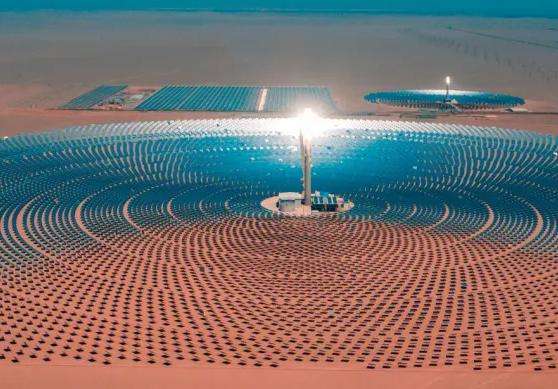A generator is a device that converts mechanical energy into electrical energy. Its principle is based on Faraday's law of electromagnetic induction.
A generator is mainly composed of a rotor, a stator, a magnetic field and a circuit. The rotor is made of a conductive material, usually copper wire wound into a coil or spiral, which rotates in a magnetic field. The stator is a set of electrical coils wound around the rotor. They are fixed inside the engine and do not move. The electrical stator coils are also usually wound with copper wire and are generally thicker than the rotor wires.
When the rotor rotates in the magnetic field, due to the principle of electromagnetic induction, an electromotive force will be generated in the electric coil of the stator. The magnitude of this electromotive force is linked to the speed of rotationof the rotor and the intensity of the magnetic field. It can generally be expressed as if the magnitude of the electromotive force is proportional to the speed of rotation. When the electromotive force in the stator is greater than the potential difference of the charges in the circuit, current begins to flow.
The current returns to the other end of the motor through the wire, forming a circuit, thereby achieving the conversion of mechanical energy into electrical energy. The generator output voltage and current depend on the magnetic field strength, rotation speed and circuit load. In practical applications, generators need to be designed and adjusted according to different application scenarios and load requirements to improve power generation efficiency and production stability.
Precautions for using generators
1. The generator must be placedin a dry and ventilated environment to avoid being affected by humidity, high temperature, etc.
2. Before using the generator, check whether the power supply meets the operating voltage and current requirements of the generator.
3. The generator must use a dedicated power cord, and the power cord interface must be firmly connected.
4. The generator should remain stable during operation and should not be affected by impacts, vibrations, etc. excessive, so as not to affect the normal operation of the generator.
5. If the generator emits noises, odors, etc. abnormal during operation, it should be stopped immediately for inspection.














